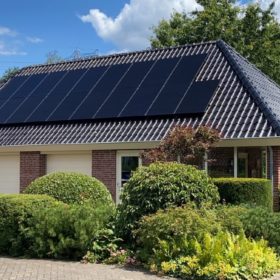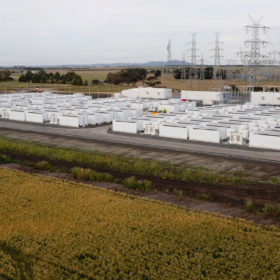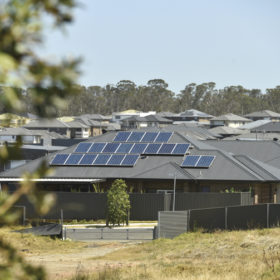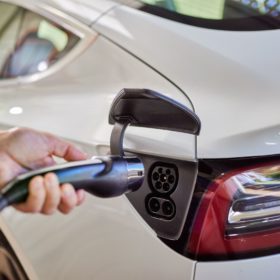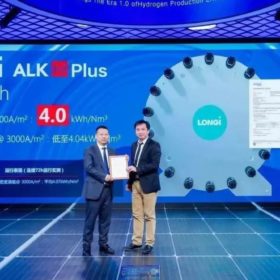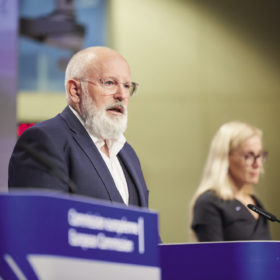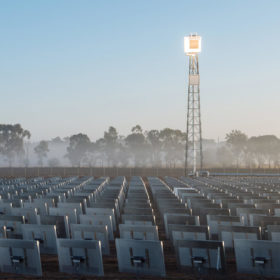Global trends for solar in 2023
Component cost declines, local manufacturing and distributed energy are the three big trends for the renewable energy sector this year, according to S&P Global.
Tongwei unveils 21.7%-efficient shingled solar panels for residential PV
Tongwei is offering six versions of its monofacial monocrystalline panels, with power outputs ranging from 400 W to 430 W and power conversion efficiencies between 20.1% and 21.7%.
Weekend read: Australia goes big on batteries
Last December, Australia’s first large-scale battery funding round fast-tracked eight new grid-forming projects with a combined capacity of 2.0 GW / 4.2 GWh. That same month, the country’s fresh federal government announced it would enact a major underwriting scheme to incentivise renewable storage across the country. The moves echo those which inaugurated big solar in Australia, but the transformative potential of these storage plays will, it seems, take a different shape.
NSW to electrify entire communities in $8 million pilot program
The New South Wales government has announced an $8 million (USD 5.5 million) pilot program which will support the entire electrification of three communities across the state. It is anticipated the initiative will include the deployment of solar, batteries and local electric vehicle charging infrastructure.
WA tips $15 million in to drive expansion of EV charging network
The Western Australian Government has launched a new $15 million (USD 10.3 million) grant program to expand electric vehicle charging infrastructure throughout the state and accelerate the uptake of zero emission vehicles.
Longi releases new alkaline electrolyser
China’s Longi claims that its new ALK Hi1 electrolyser can produce hydrogen with an energy content of 4.3 kWh per normal cubic meter. It says the levelised cost of hydrogen could be up to 2.2% lower than other electrolysers on the market.
PVH pushes ahead with 1 GW of large-scale solar supply contracts
Spanish company PV Hardware has enjoyed its most successful year in the Australian market with the company commencing construction on more than 1 GW of utility scale projects in 2022 and the cleantech manufacturer believes the best is yet to come.
Europe introduces new green hydrogen rules
The European Commission has presented the final version of its new rules for green hydrogen, with looser requirements to qualify hydrogen as “green.”
Australian solar thermal company to list in New York following deal with world’s largest oil contractor
Australian concentrated solar thermal company Vast Solar has struck a deal with the world’s largest oil drilling contractor, Nabors Industries, announcing it will go public via the partnership and expects to list on the New York Stock Exchange midyear.
42 MW of big batteries come online to support Fortescue’s Pilbara operations
Western Australia-based Hybrid Systems Australia has commissioned 42 MW of interconnected battery storage for two Fortescue mine sites in the Pilbara region, noting the installation is one of the largest for a mining application.

